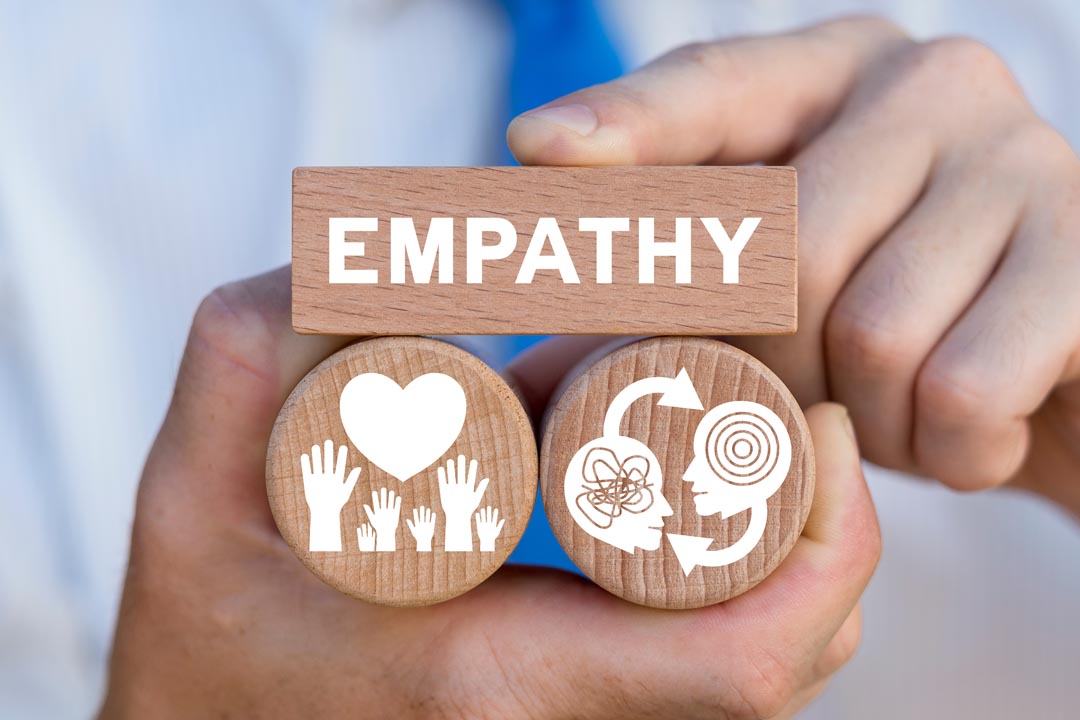Dr Cormac Ryan, a reader in physiotherapy at Teesside University, discusses the use of Facebook to support the training of health and social care students on attitudes to patient empathy.
Worryingly, levels of empathy appear to actually decline in health. Photo credit: PA
Persistent pain is defined as pain that has lasted for over three months. It is a global public health challenge affecting one in five people worldwide. This condition is especially concerning within older adults as they are particularly vulnerable to the condition and its effects.
In older people persistent pain is linked with increased social isolation, reduced physical activity, increased risk of falls and reduced levels of functioning. It is important that businesses are aware of this challenge and takes steps to address it, which is something Teesside University is particularly concerned about.
More Opinion
What do parenting and leadership have in common?
Utilities leaders urged to embrace apprenticeship levy opportunity
Why companies should plan to succeed in elearning
Do your employees ‘live the brand?’
Approximately 50-80 per cent of older adults have persistent pain and given the aging population, the numbers are set to grow.
The key to workforce planning is excellent training of undergraduate health and social care students. These are the professionals who will be delivering care to this rapidly growing patient population.
However, it has been consistently identified that undergraduate training of health and social care students in the field of pain management is woefully inadequate. Students spend 12 hours on the topic across the duration of their program, which accounts for less than 1 per cent of total teaching.
The use of recognised curricula mapped out by key international bodies such as the International Association for the Study of Pain (IASP) is scant. As a result, there is a considerable need to improve pain education training at undergraduate level especially in the field of persistent pain in older people.
One of the unique challenges with respect to pain in older people, rather than pain in younger adults, is related to the issue of empathy. This is a crucial component to the patient-therapist relationship and is consistently linked to improved patient satisfaction and outcome.
It ties in with the Francis report on underperforming regions of the NHS, which found high levels of non-empathic behaviour, such as not listening to patients and showing a lack of care and compassion. One could argue that it may be very difficult for an undergraduate student, the majority of whom will be in their late teens and early twenties, to empathise with older people with persistent pain.
Worryingly, levels of empathy appear to actually decline in health and social care students as they move through their course, according to previous studies. Thus, there is a great need to enhance health and social care undergraduate training in the field of persistent pain in older people that is rooted not just in information and knowledge exchange, but the creation and development of empathy.
At Teesside University we have set about addressing this challenge by developing a new social media based module called FLO’s story: Facebook Learning Object.
This module is entirely housed on Facebook. The aim of the module is to develop health and social care students’ understanding of, and empathy with, older people with persistent pain. The module presents the story of Flo (Short for Florence), an older adult with persistent pain and covers a year in her life where she regularly posts updates, photos and mini blogs.
She uses Facebook to communicate with her friends who are all older adults with persistent pain. The idea is that students can gain an understanding of what it’s like for an older person living with persistent pain.
The information used to inform the story and characters was obtained from the real life stories, which were gathered as part of a Research Council project entitled EOPIC – Engaging with Older People and their carers for the self-management of Persistent pain.
This information was then provided to a professional scriptwriter, who drafted a storyline covering a notional one year period. The story was written in 12 blogs, one blog per month. Each blog deals with a month-pertinent issue e.g. in one of the colder months the main character suffers a fall, associated with icy conditions and also the fact that older people with persistent pain have an increased risk of falling.
The scriptwriter and the academics developing the resource met regularly resulting in an iterative process of drafting and redrafting. The material was then transferred and adapted for Facebook.
Within each month there is a self-directed learning activity directly related to an event in the life of Flo that month. Some activities are passive such as watching a short video clip while others require more active engagement.
At the end of the year there is a final assessment where the student has to write a letter to the main character in the guise of a health/social care professional. The marking criteria was linked to the learning objectives in that the letter has to demonstrate both knowledge and empathy, the main learning aim of the resource.
The development of the module was heavily shaped by student input including numerous focus groups and two student researchers who were paid members of the development team.
In a small pilot study of physiotherapy students it was found that students significantly improved their levels of empathy after undergoing FLO’s story. The size of the improvement was on a par with level of improvement seen following clinical placement.
While we should not advocate that this module could replace clinical placement we feel that this demonstrates the potential impact that this module could have and its potential to be used on courses as a precursor to placement or on courses where placements are not offered.
About the author
Cormac Ryan is a Reader of Physiotherapy at Teesside University. This work was funded by a grant from the Higher Education Academy (HEA).



